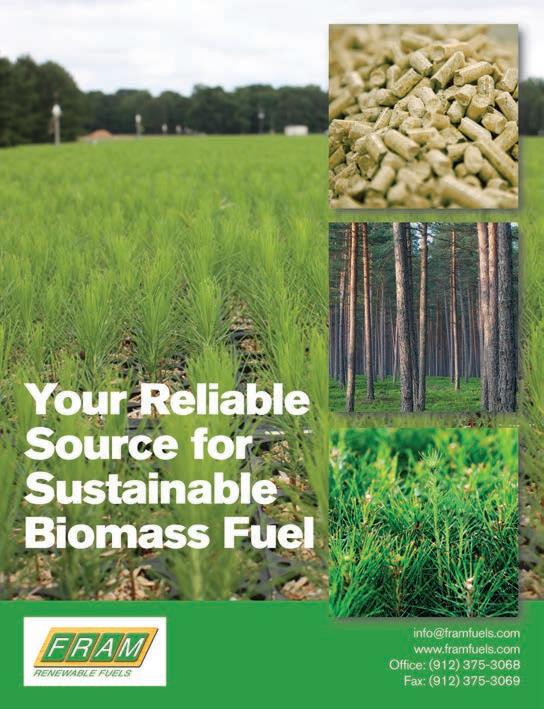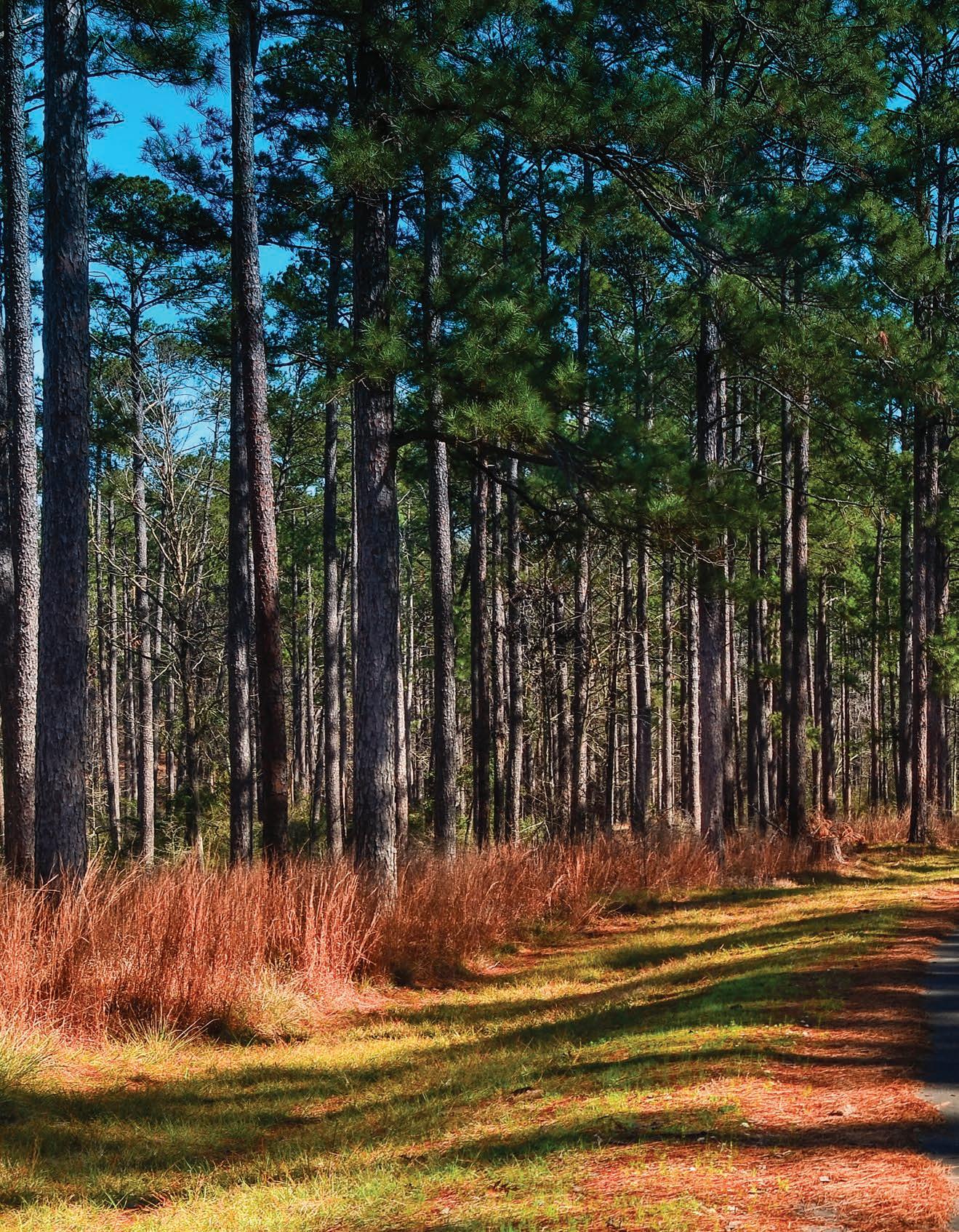
5 minute read
Heartpine
Louisiana Ecological Forestry Center at Hodges Gardens — New Life for the “Gardens in the Forest”
By Will Hodges, President of the AJ and Nona Trigg Hodges Foundation
Advertisement
Hodges Loop, the road to the Garden in the Forest, representing both the path that led to creation of the LEAF Center and the path that will carry its vision forward. Photo by Marshall Rice.

Where do we go from here? It’s the question that the AJ and Nona Trigg Hodges Foundation was asking itself in 2008 after gifting through a cooperative endeavor agreement, Hodges Gardens to the state of Louisiana to create Hodges Gardens State Park.
Billed as the “Garden in the Forest,” Hodges Gardens was founded by my great-grandparents, AJ and Nona Trigg Hodges, in 1956. AJ was a pioneer in the timber and oil and gas industries in North and West-Central Louisiana. By the late 1930s, he had purchased over 100,000 acres of barren cutover land and began a reforestation effort. It was in the heart of this land that AJ and Nona identified a 4,700-acre site to create Hodges Gardens. Situated at an old rock quarry site, the Gardens grew to contain 60 acres of formal gardens, a 225-acre lake, their island home, and several structures, including a lodge, gift shop, greenhouses, and office.
The Foundation was created shortly thereafter, and for the next 50 years, its primary purpose was to operate and maintain Hodges Gardens. Perhaps 3 million people visited over the lifespan of the gardens, with traffic peaking in the mid-1970s. But as time went by, people’s interests moved away from flowers. As attendance waned, we found it increasingly difficult to operate. In 2008, the state and Foundation finalized an agreement for Hodges Gardens to become a state park.
We now found ourselves at a crossroads. For so many years, the Foundation’s identity had been linked to tending the prize-winning roses, tulips, and other perennials and annuals, the man-made lake, and the architecturally significant buildings. We needed a new direction. We found guidance by looking at the heritage created by our founders. As a pioneer and visionary, AJ was engaged in forestry research, and he experimented with new forestry methods. Long before they created Hodges Gardens, he and Nona were focused on creating sustainable forests.
As part of the agreement with the state, the Foundation retained control of the majority of the 4,700 acres, including all of the timberlands. We no longer needed to harvest the timber commercially to fund the operation and maintenance of the gardens. We began to look at our forest resources differently. We started to explore how we could return the forest to its original grandeur.
We found our direction: restoring the longleaf pine ecosystem of our small piece of West-Central Louisiana to its original prominence.

Andy Hodges, my uncle and the grandson of AJ and Nona, outdoorsmen and women, and disadvantaged people by was instrumental in setting the Board on our new course. He providing them a venue to advance their missions. met with other groups, including The Longleaf Alliance, to To help direct our vision, we hired a manager for the center, get a sense of what was possible. forester, and wildlife biologist What resulted from that effort Rodney McKay. Rodney has was the Louisiana Ecological close to 20 years of relevant exForestry Center or LEAF Center. perience to apply to our new The Center was originally fo- mission, including experience cused on transforming the 3,800 with longleaf pine ecosystems in acres surrounding the state park Louisiana. Ted Cabra, who into a longleaf pine forest. Trans- worked at the gardens under the forming a variety of loblolly, state’s purview, has joined as opslash, and intermittent longleaf erations manager. Along with a stands of timber, ranging from 5 small group of volunteers who to 75 years in age, into a pre- are Hodges descendants, Rodney dominantly longleaf forest is no and Ted have created a team fosmall undertaking. It became evAJ Hodges and a longleaf pine stump that is now 412 years old. Photo courtesy of the Hodges Family cused on the future of the LEAF ident this would be a long-term, Archives. Center. multigenerational project that As we move forward and build would require passion, persistence, and, most importantly, pa- upon our founders’ legacy, we intend for the LEAF Center at tience. It was the perfect undertaking for a foundation that Hodges Gardens to be a resource to landowners, forestry and was created to sustain itself for generations to come. wildlife researchers, biologists, and others. We see so much
Ten years after the formation of Hodges Gardens State Park, untapped potential, and we are excited to be working with the state of Louisiana decided to cease operations and close The Longleaf Alliance in this endeavor. the gardens to the public. Upon its closure, as part of the orig- For more information, contact Rodney McKay at (662) inal agreement, Hodges Gardens reverted to the Foundation. 402-1205 or lefclandman@gmail.com.
Once again, we faced the question: Where do we go from here? But this time, we knew the answer. The difficult decision was made to keep the gardens closed and let the LEAF Center at Hodges Gardens take center stage with a new vision.
At its inception, the LEAF Center focused inwardly on transforming a property from a commercial timber operation into a forest that would support a longleaf pine ecosystem. And while that was a worthwhile effort, we strongly felt that to honor the legacy created by AJ and Nona, we should be doing more.
We turned our focus outward, looking closely at how we could be better stewards of our resources to create a center focused on fostering and promoting education, research, and community outreach. We had the forest and the facilities to support these efforts; it was time to put them to work.
We started looking at the entire property as a vast array of microenvironments. We began to see it as a place where we could bring in other landowners and help them improve their properties. We began to foster relationships with researchers and provide them with the kind of resources they could utilize to benefit all of us. We started working with local organizations that support wounded veterans, disabled













